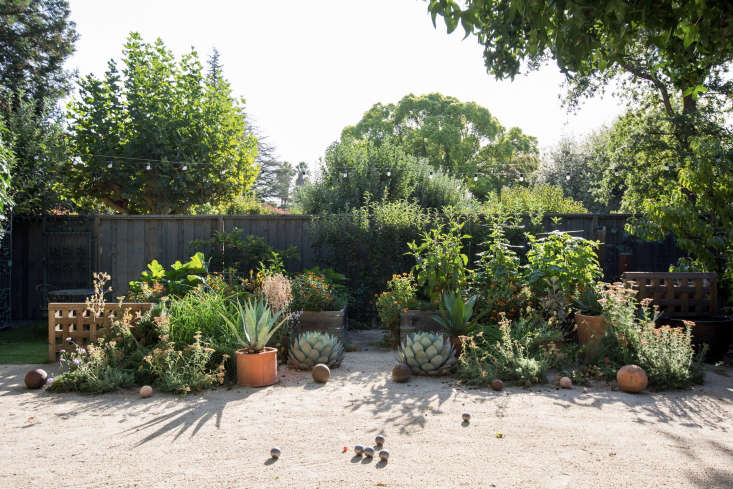Chances are, if you live in an arid or semi-arid region, you’re already familiar with xeriscaping—even if you haven’t heard of the term. Derived from “xeros,” the Greek word for “dry,” xeriscaping is the practice of designing landscapes that require little or no more water than what the natural climate provides.
And if you don’t live in an area where droughts are an issue, you should still learn about this landscaping philosophy. There are benefits to xeriscaping that go beyond conserving water. Read on.
Who coined the term?

The term originated in Denver, Colorado, when its Water Department partnered with a non-profit in the 1980s to educate the public about water-conscious landscapes. Advocates of xeriscaping say it can reduce water use by 50 or 75 percent.
What are the core principles?

The primary goal of xeriscaping is water conservation, but to boil it down to just that is a disservice. Here are its other core principles: to improve the soil (using compost), to reduce the size of lawns (which are water-greedy), to prioritize native plants (which thrive in your environment without much added input), to use mulch for moisture retention, and to provide efficient irrigation in the form of soaker hoses or drip irrigation (instead of water-wasting sprinklers) when necessary.
What are the benefits?

Aside from saving water, you’ll also save on your water bill. Not to mention, you’ll also save on time you would have spent mowing a lawn or watering. In addition, using native plants means your garden is less likely to need added fertilizers.
For more on the topic, see:
- The Garden Decoder: What Are ‘Native Plants’?
- The Garden Decoder: What Does ‘Organic Gardening’ Really Mean?
- Your First Garden: The Right Watering Method for Your Garden
- Your First Garden: The Free Mulch You May Already Have on Your Property
- Lawn Begone: 7 Ideas for Front Garden Landscapes









Have a Question or Comment About This Post?
Join the conversation